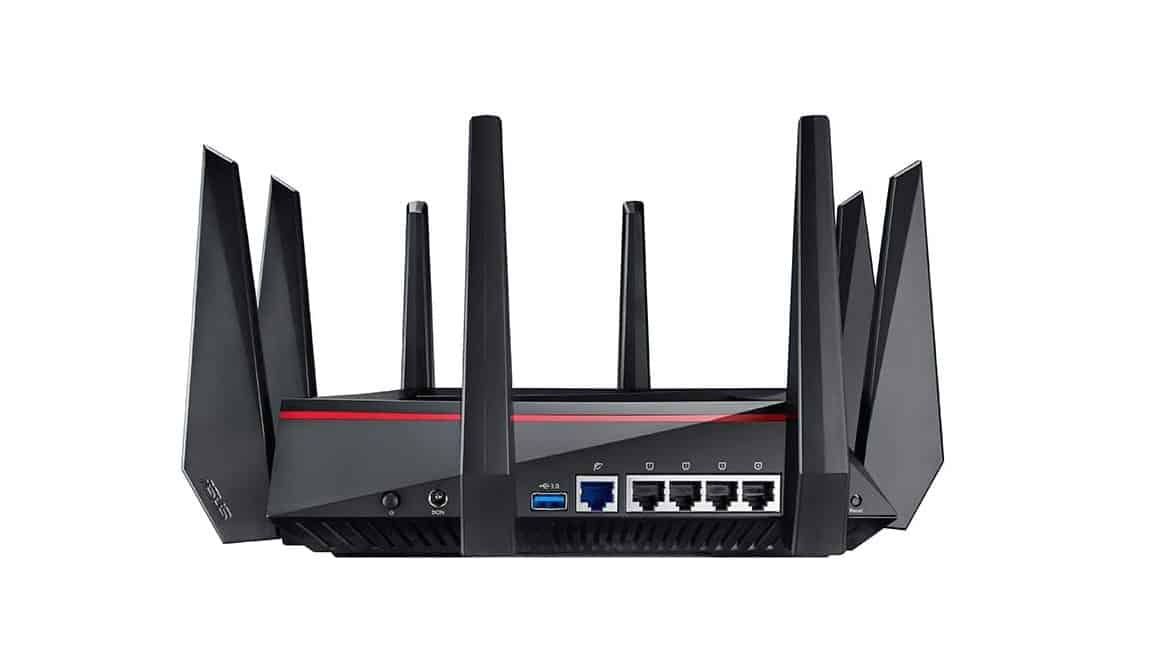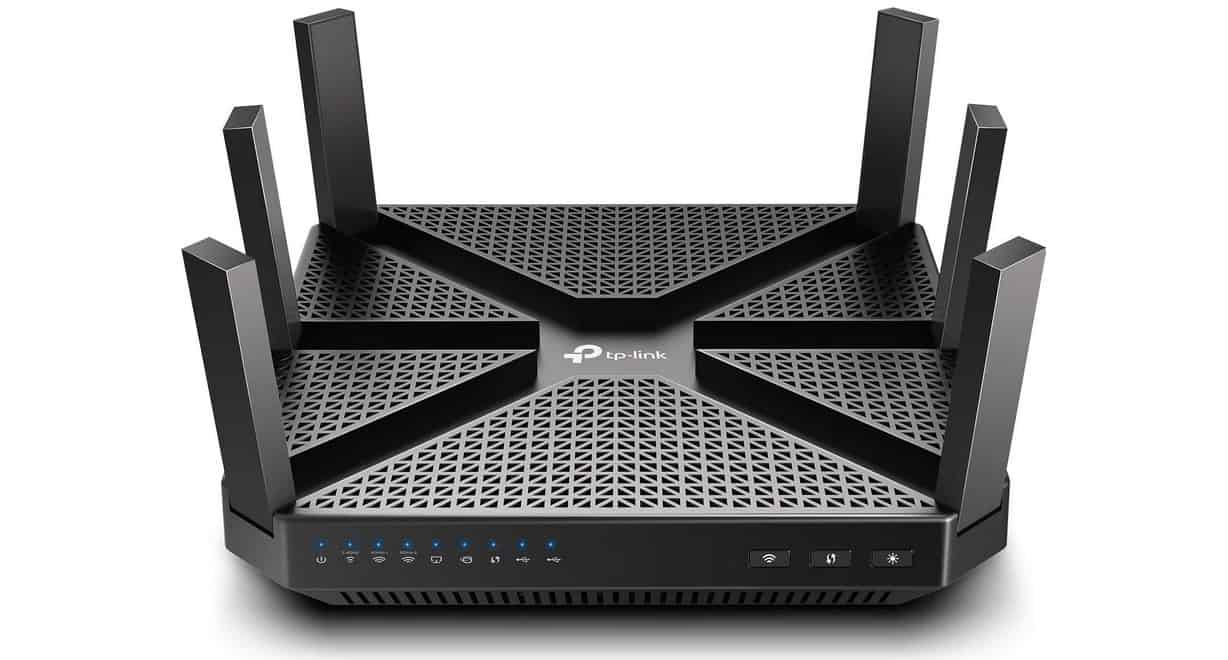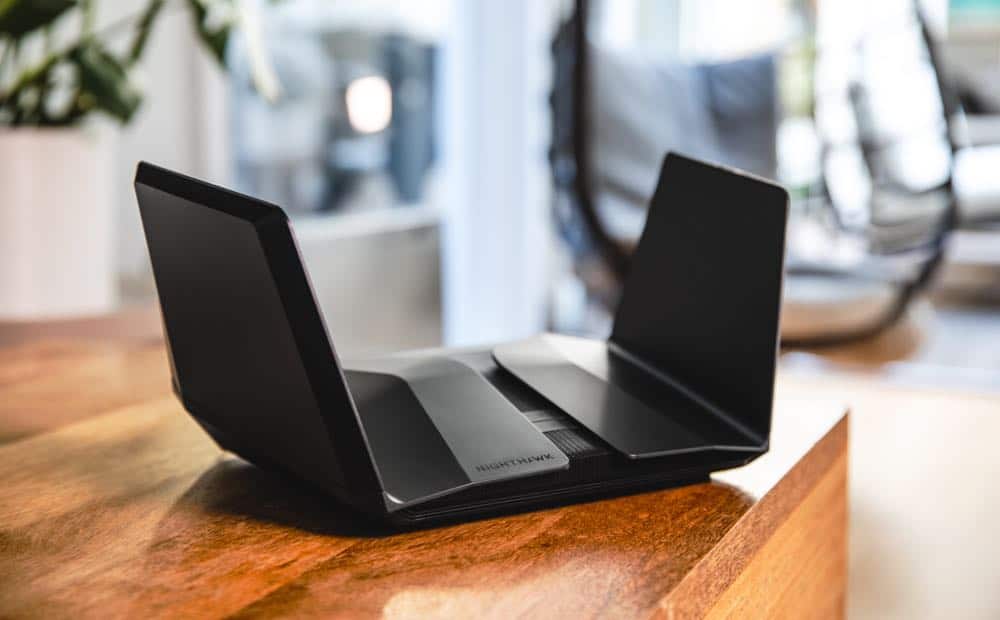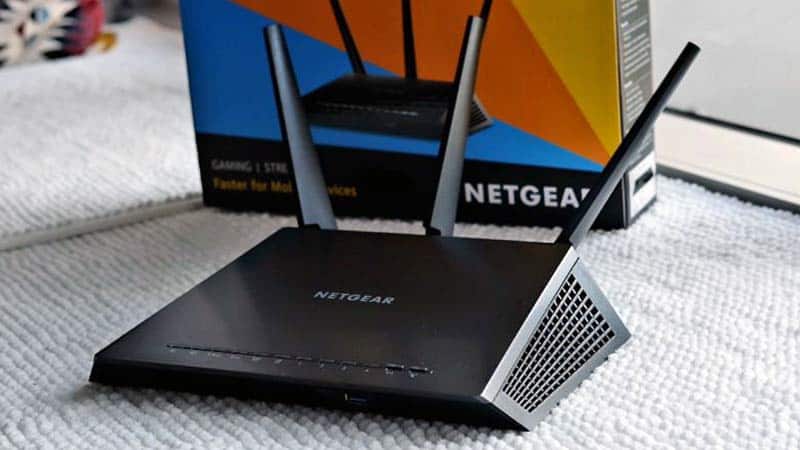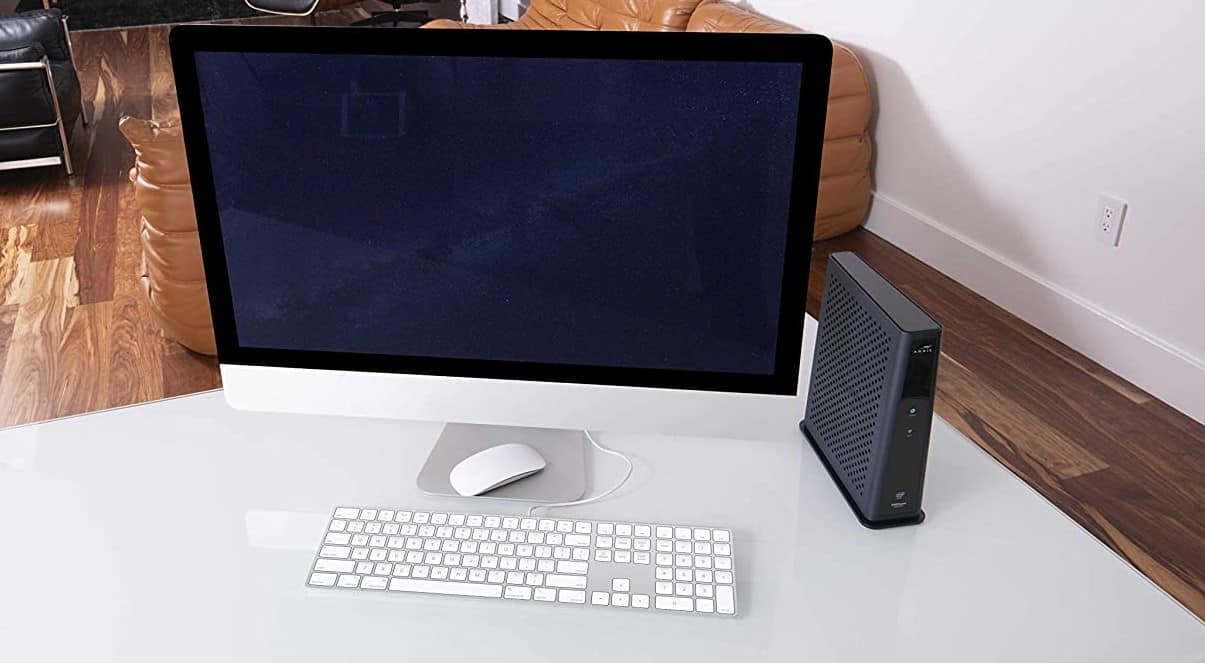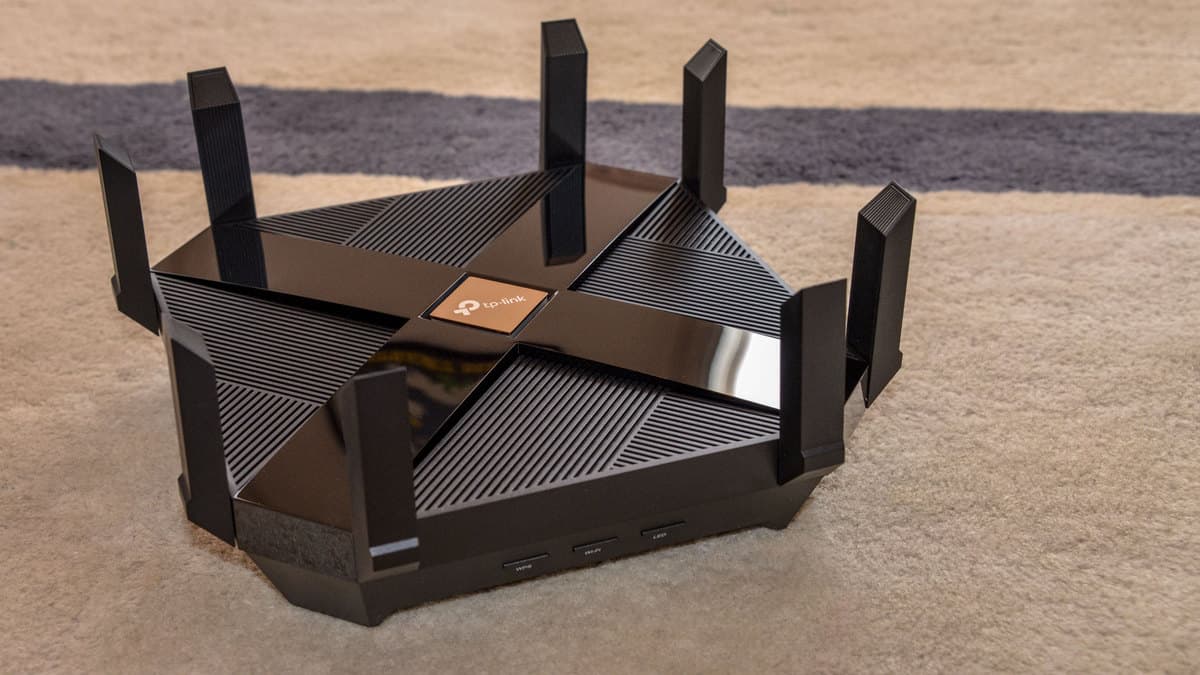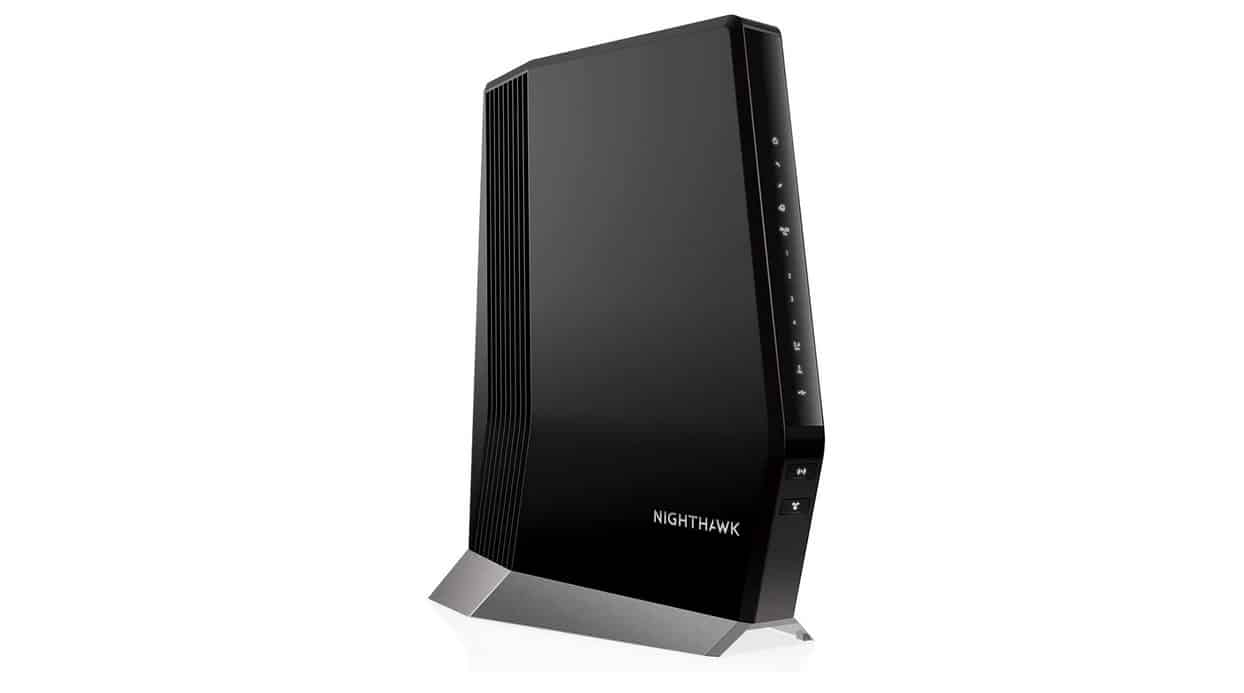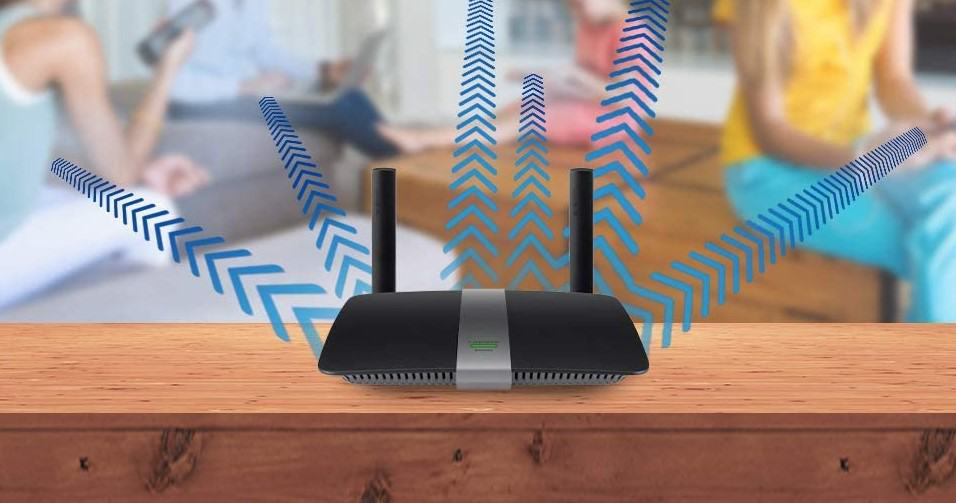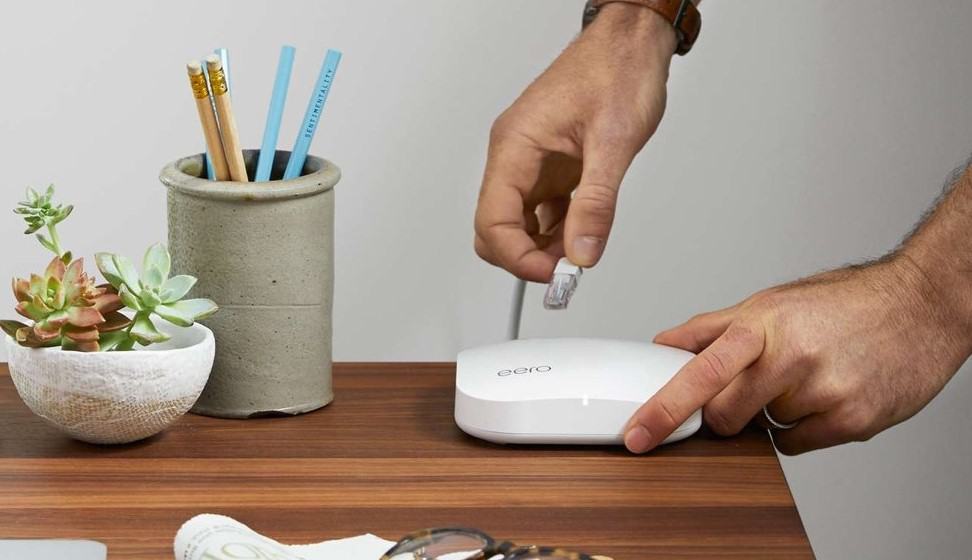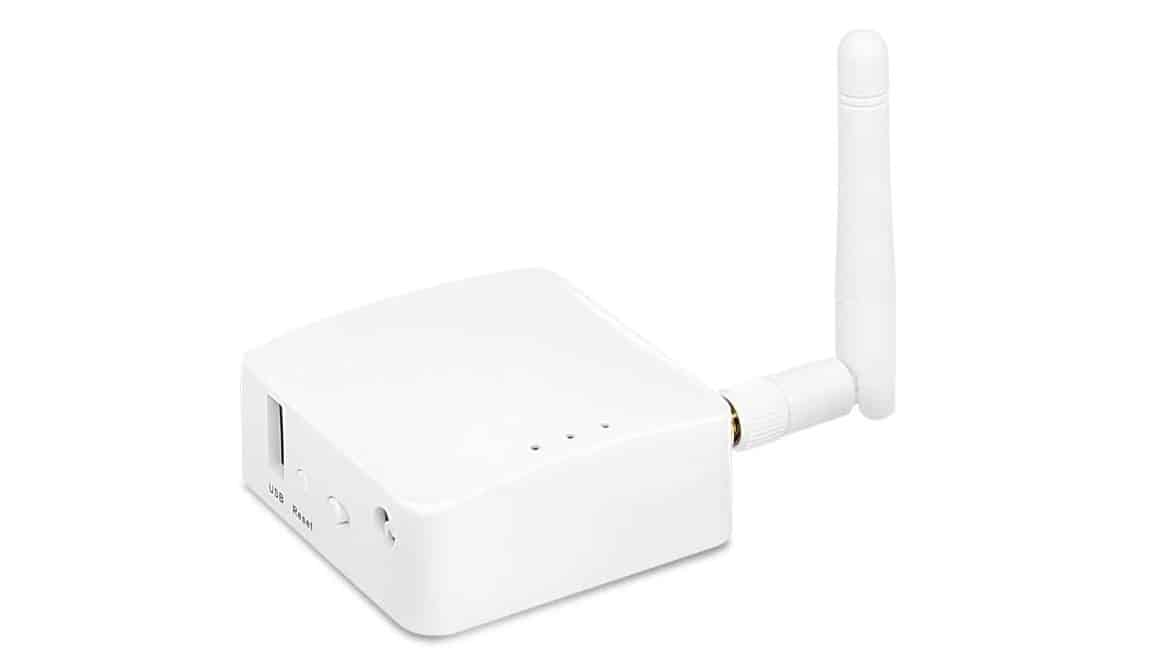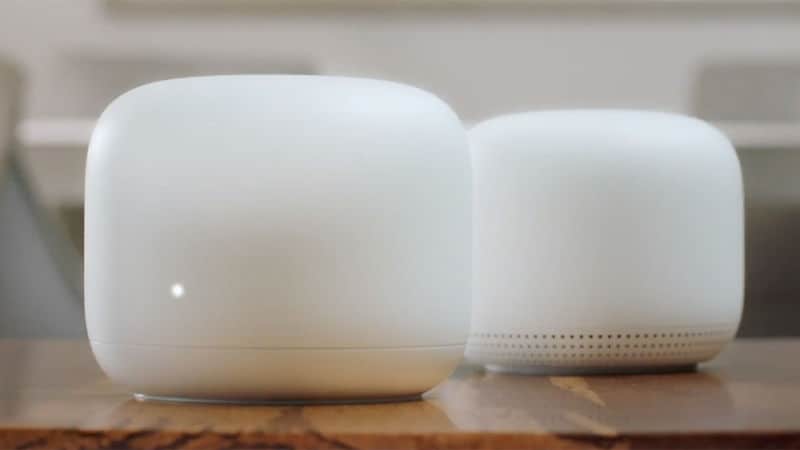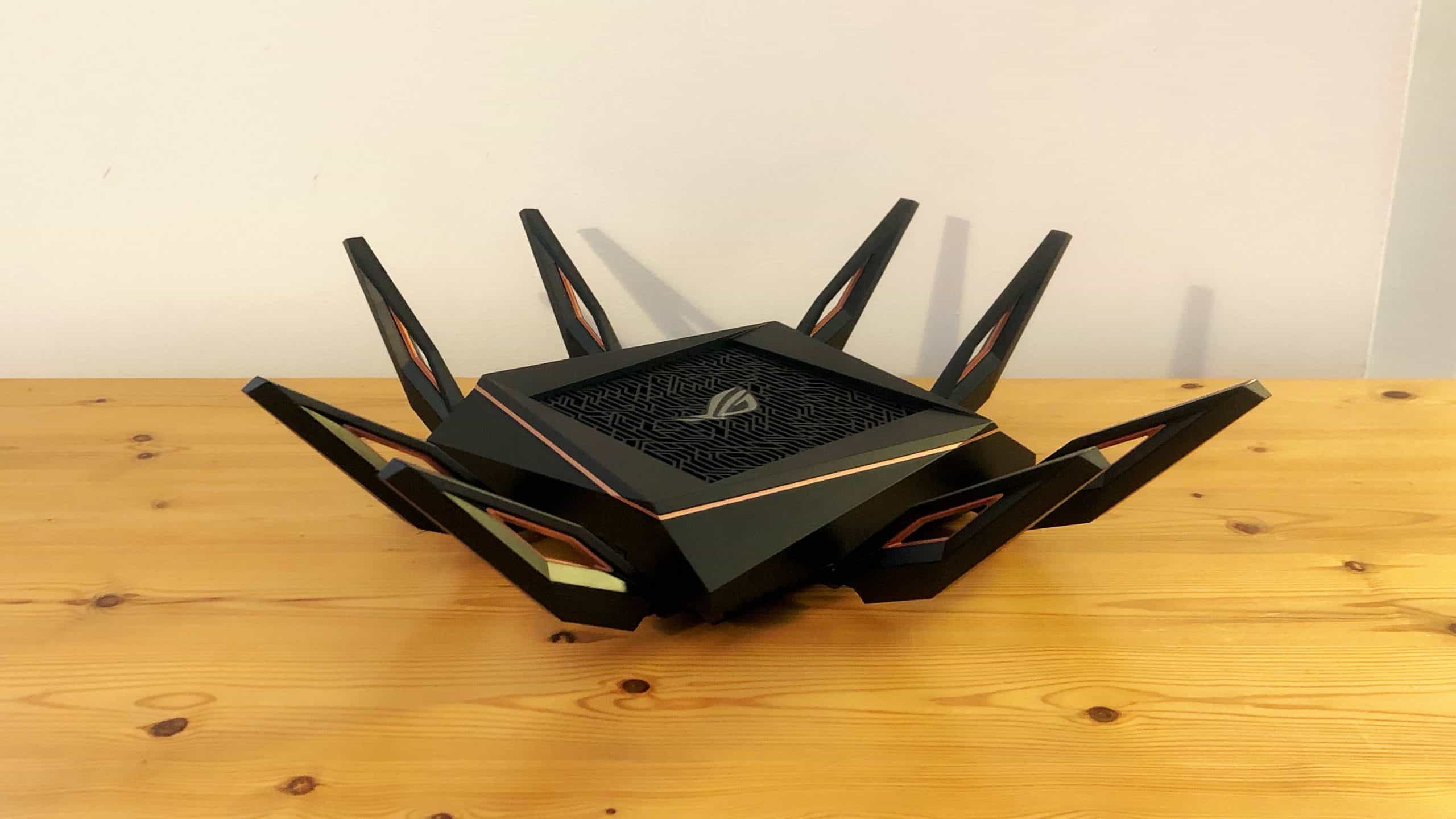If you recently purchased an upgrade for your wireless network, you may wonder how to set up a dual-band router. The best modern routers, after all, tend to offer dual-band functionality. Why use a dual-band router and how to set one up? Keep reading to find out.
KEY TAKEAWAYS:
- Dual-band routers include a pair of connection bands. The 5GHz band is faster and more stable than a 2.4 GHz band, but with a limited range.
- To get going with a dual-band wireless router, find a sticker on the exterior with pertinent login information and write all of this down.
- Head to a web browser via computer or mobile device and input the IP address and login credentials. Change the settings according to personal preference for your Wi-Fi networks.
Why Use a Dual-Band Router?
The basic reason to opt for a dual-band router is flexibility and efficiency for a wide variety of connected devices. The 5GHz band is a great match for bandwidth hogs, like personal computers, smartphones, and more. The 2.4GHz band is a great fit for always-connected smart devices, such as smart appliances, and portable gaming consoles. Basically, 5GH offers increased speed while 2.4GHz offers lessened speed but increased range. These dual-band routers offer convenience with the added benefit of shared settings across both bands, which comes in handy when you learn how to lock a WiFi router.
Insider Tip
If you have kids, make sure to change up the parental control settings before using the router.
How to Setup Dual-Band WiFi
The process here will vary depending on the make and model of your router, similar to when you learn how to prevent a DDoS attack on a router. With that said, we’ve kept these guidelines fairly universal.
STEP 1
Open up your dual-band router and look at the exterior of the device. There should be a sticker dictating some useful information, including the public IP address, the default network name, and the default password. Jot all of this information down.
STEP 2
Plug the router into your modem going from your router’s Internet port to the LAN port of your modem. Power on both devices and wait for green LED lights to flash on both, indicating a proper Internet connection.
STEP 3
Head to your computer and log in to your wireless account with the default password. Next, open up your favorite web browser and enter the router’s IP address which you wrote down earlier. You’ll find yourself on a login credentials page. Enter the default network name and default password to proceed.
STEP 4
Once on the settings page, immediately change the default password and the default network to something random of your choosing. Find the dual-band settings and make sure both bands are enabled. Save any changes you made and exit the admin control panel.
F.A.Q.S
How do I configure my router?
Configure your router according to preference, prioritizing wireless connections and signal strength, and adjusting the settings to avoid a security breach.
2.4GHz? 5GHz? Which frequency should I use?
These two GHz networks each have their advantages, so use both. The 5 GHz band is great for devices that need reliability and speed, while the 2.4GH band is great for certain wireless devices with fewer bandwidth demands, such as a small mobile device or smart appliance.
How to boost your Wi-Fi coverage for good?
There are many ways to boost the signal for a wireless network. You can plug in an Ethernet cable for a wired connection, you can choose the 2.4 GHz band, you can bridge together two routers, or invest in a mesh router or wireless range extender.
STAT: The first version of the 802.11 protocol was released in 1997, and provided up to 2 Mbit/s link speeds. This was updated in 1999 with 802.11b to permit 11 Mbit/s link speeds, and this proved popular. (source)
REFERENCES:
- https://www.tp-link.com/in/support/faq/683/
- https://www.linksys.com/us/support-article?articleNum=139627
- https://www.belkin.com/us/support-article?articleNum=181971r
- https://www.downloads.netgear.com/files/GDC/WNDR3400V1/WNDR3400_SM_23MAR2010.pdf
- https://support.google.com/chromecast/answer/6292182?hl=en

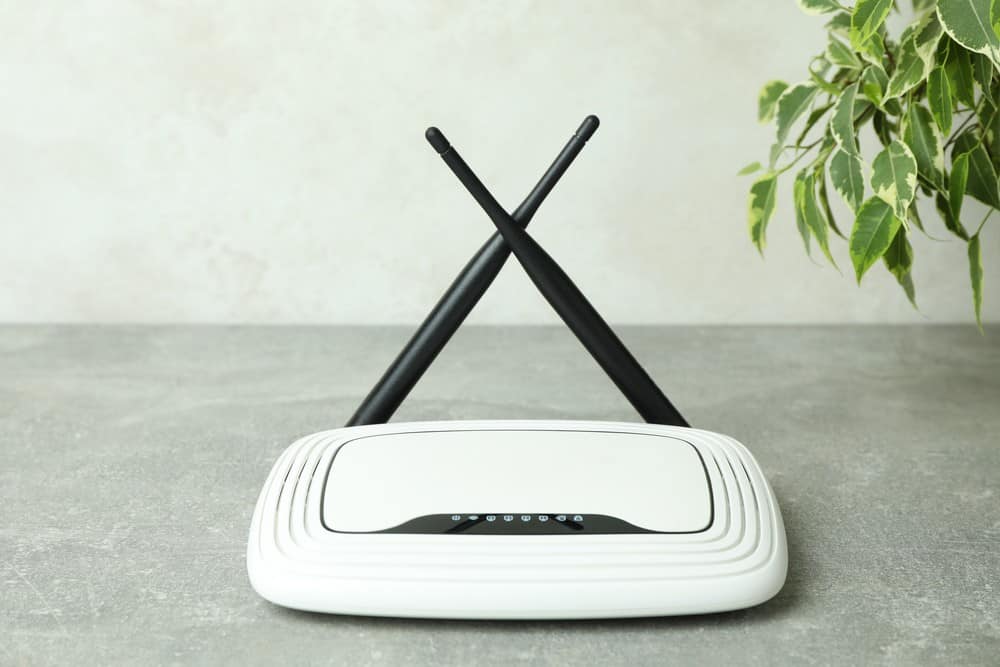













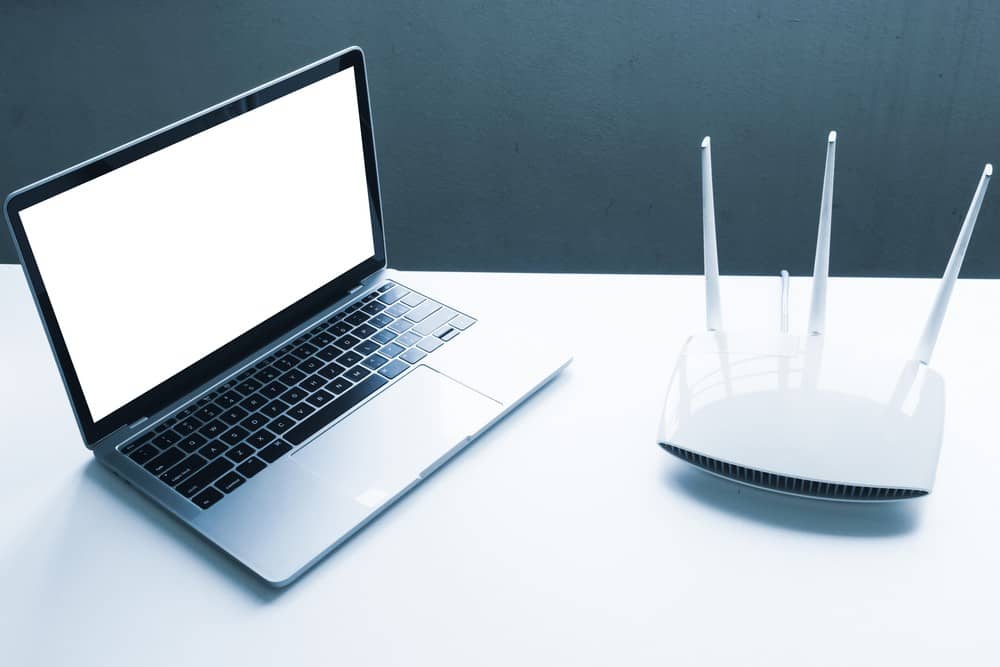
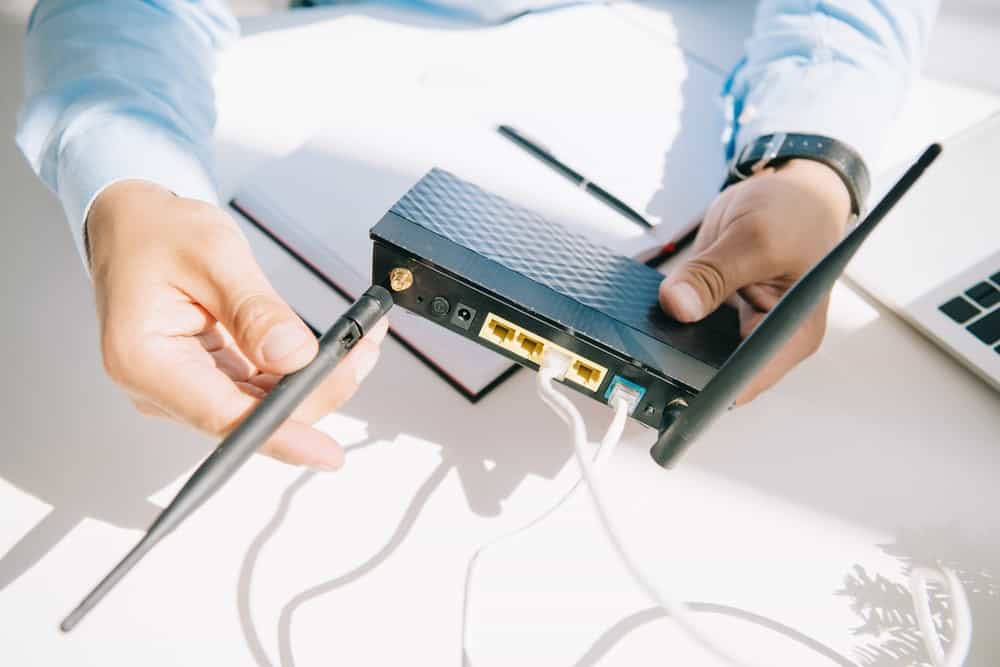
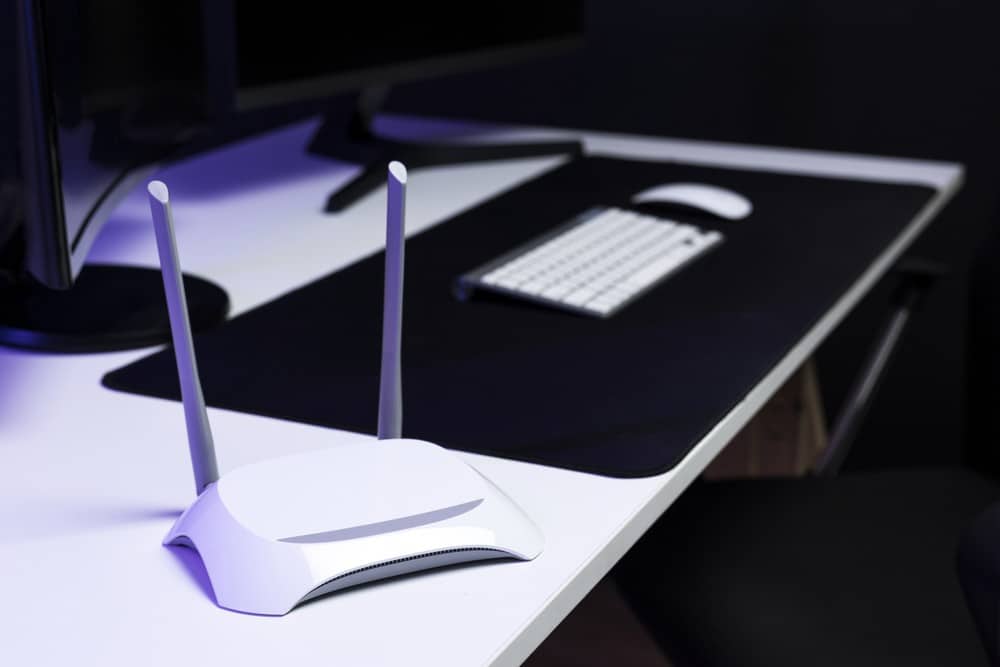
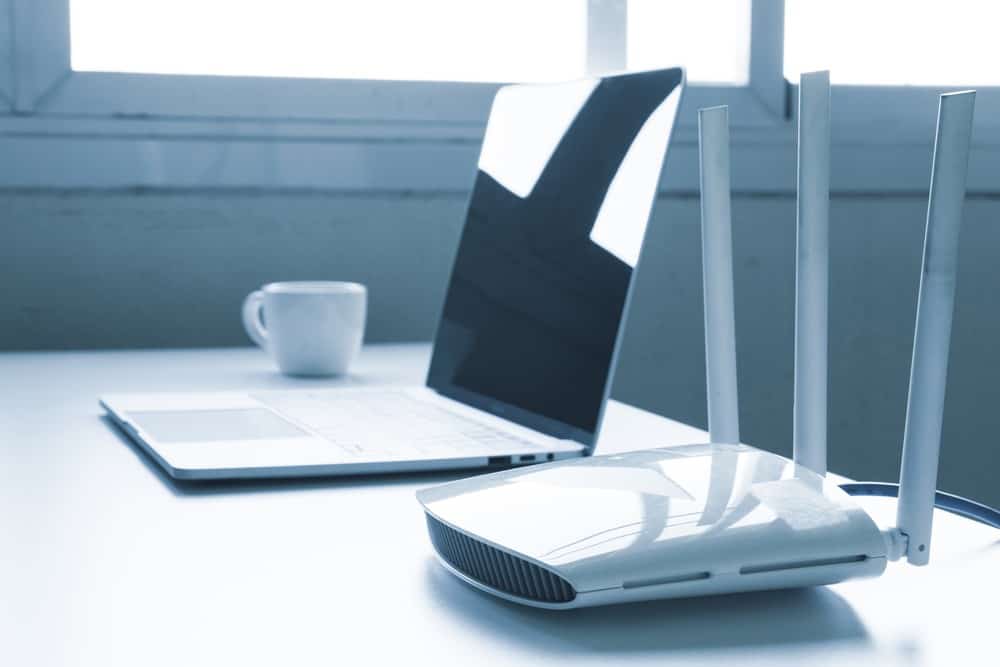

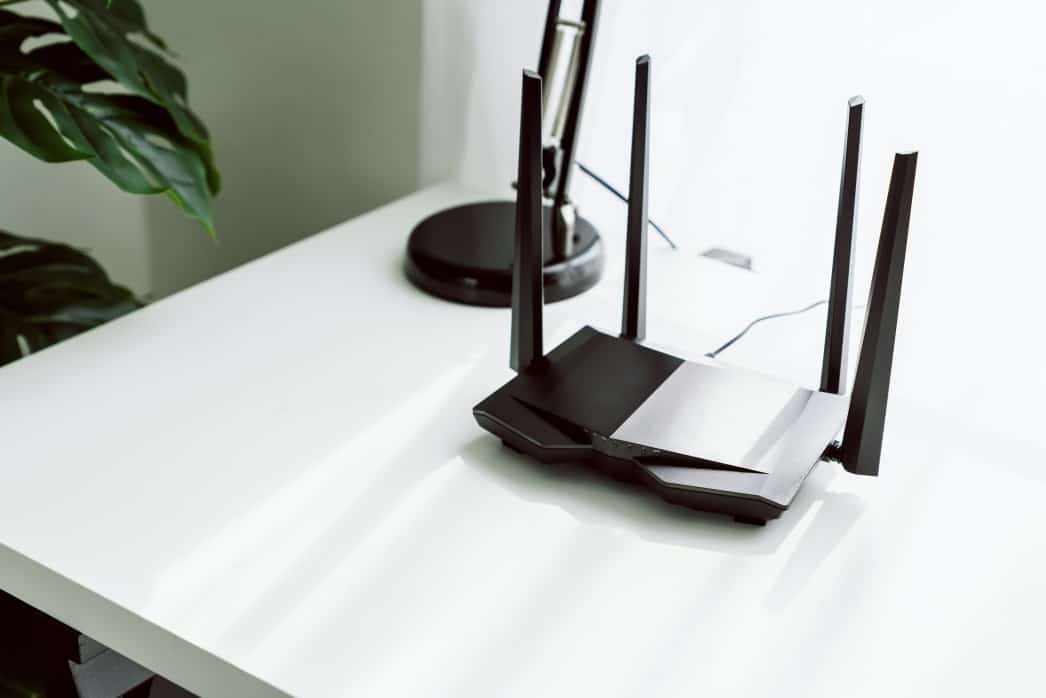
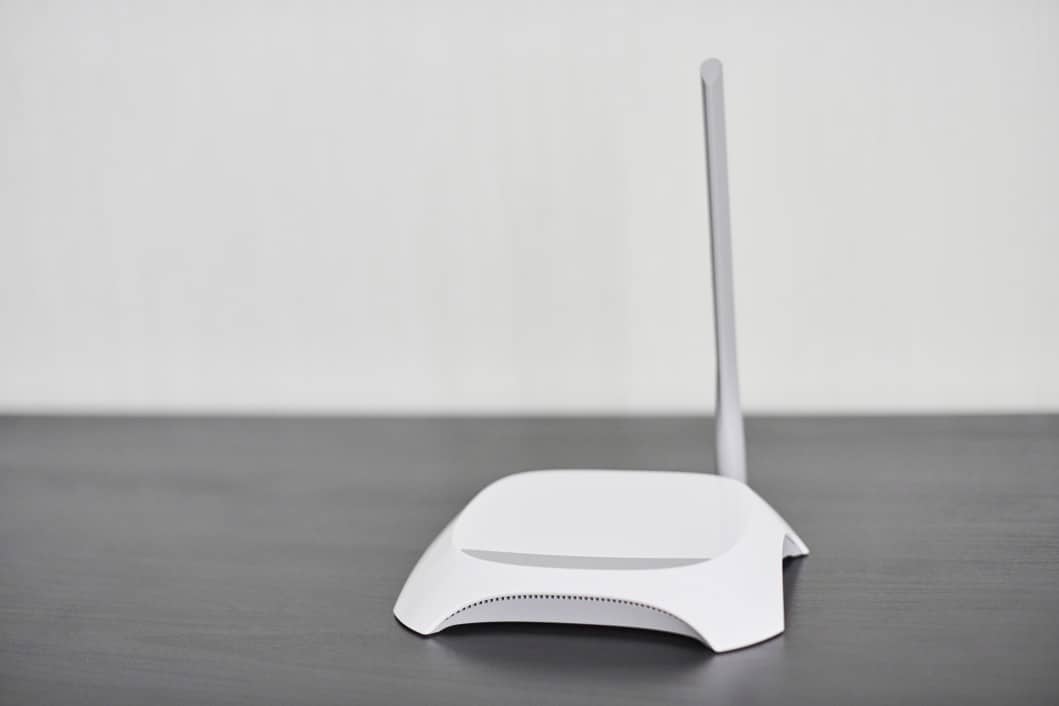
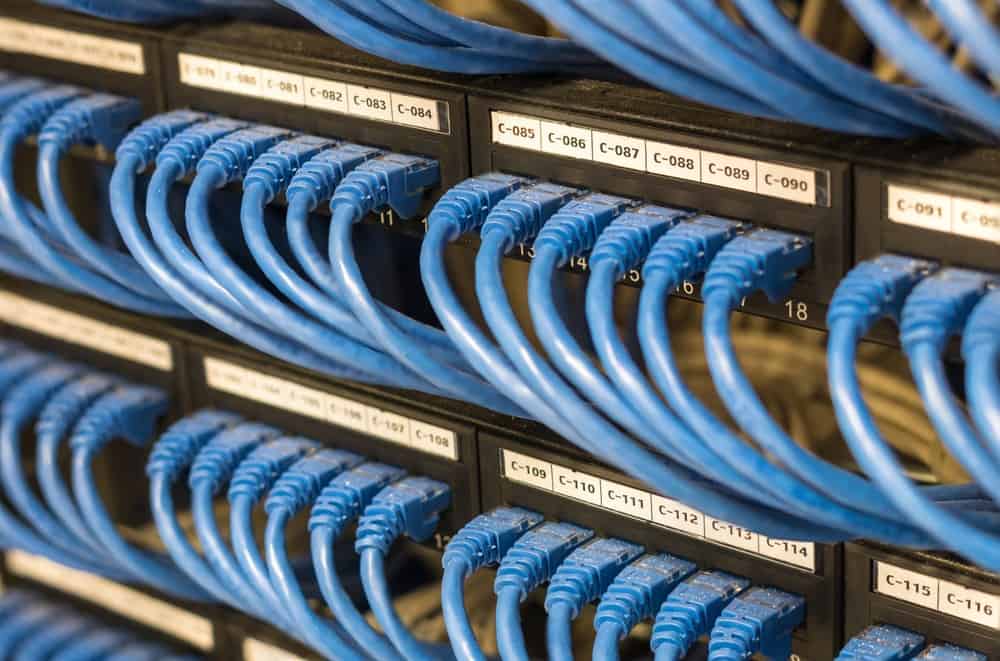
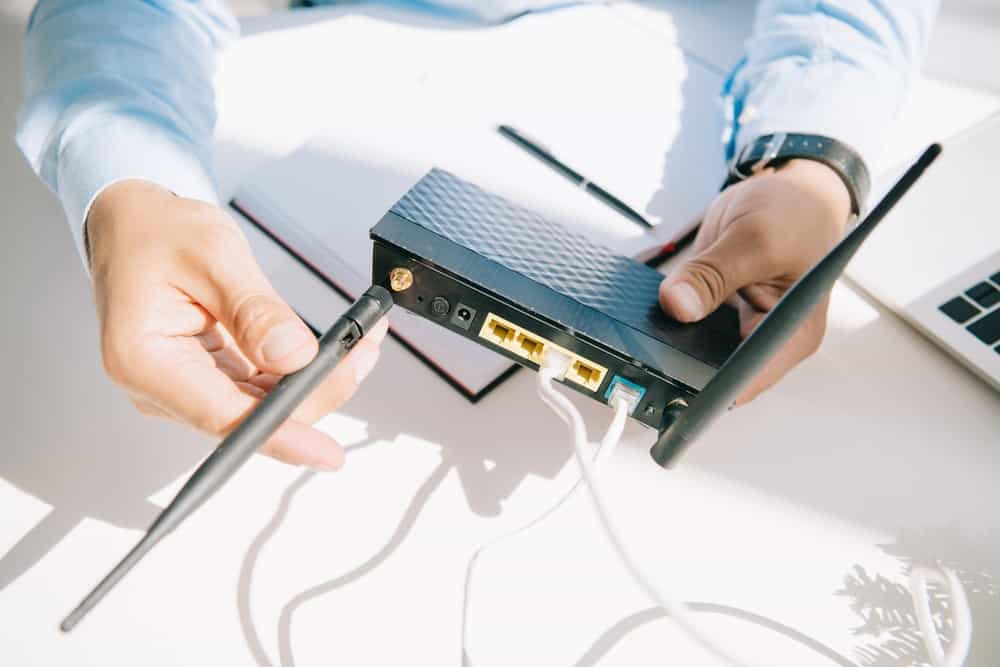

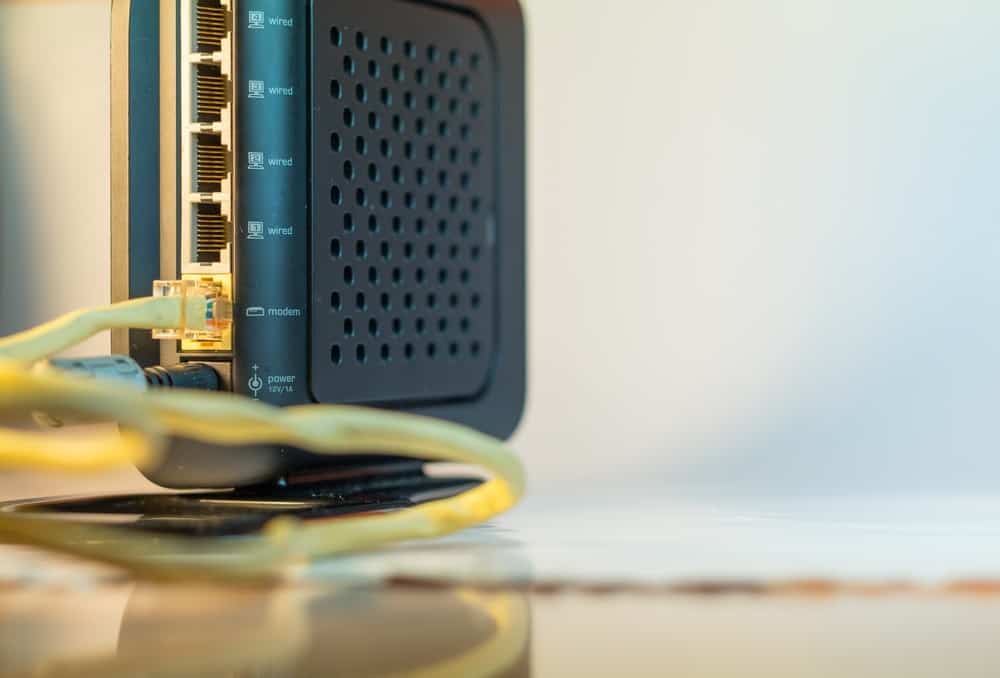

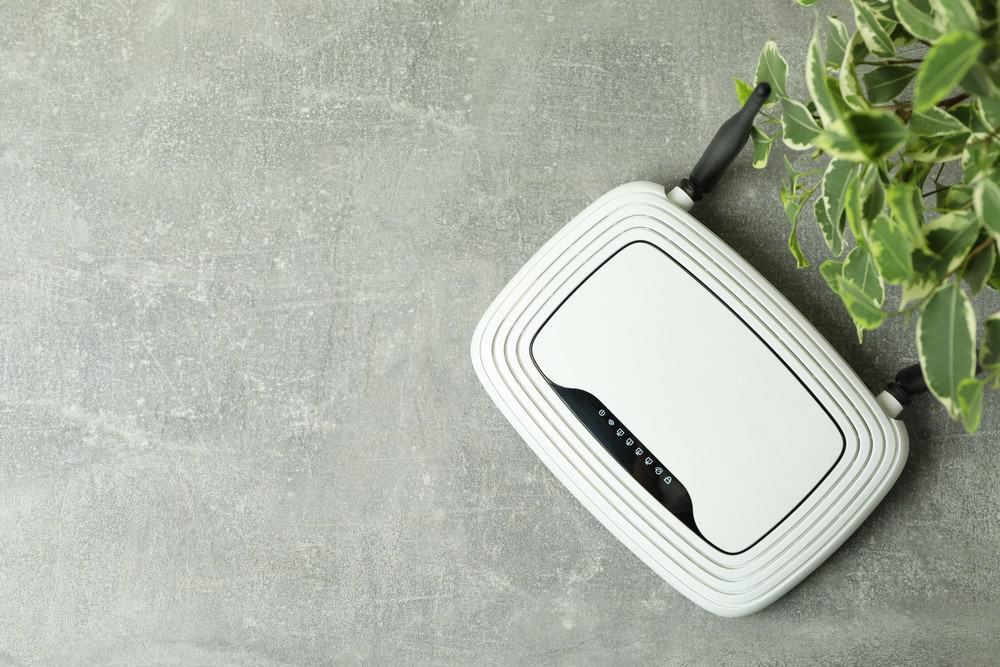
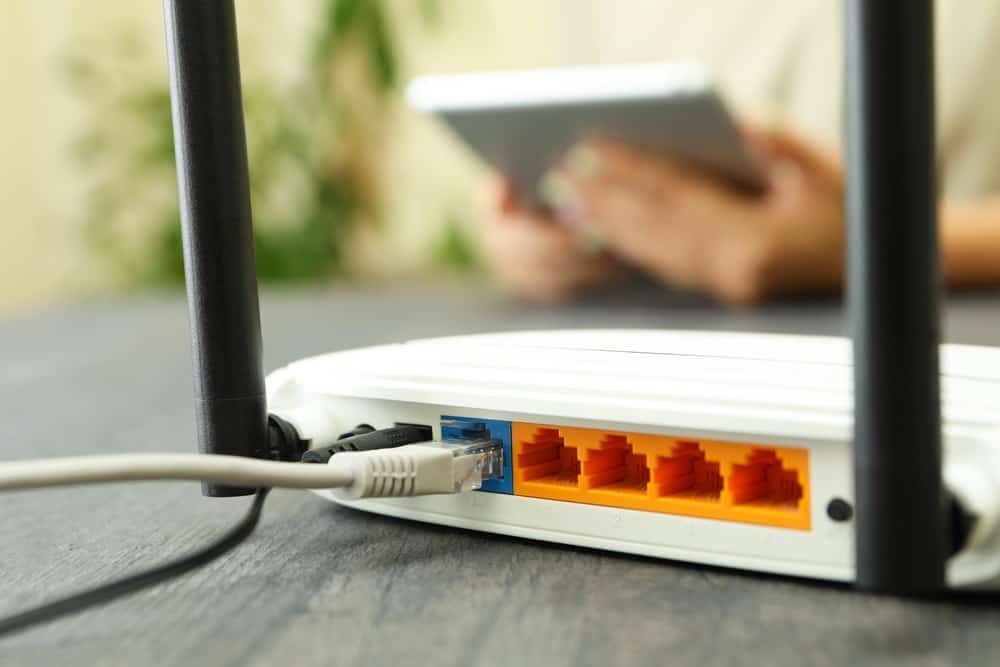
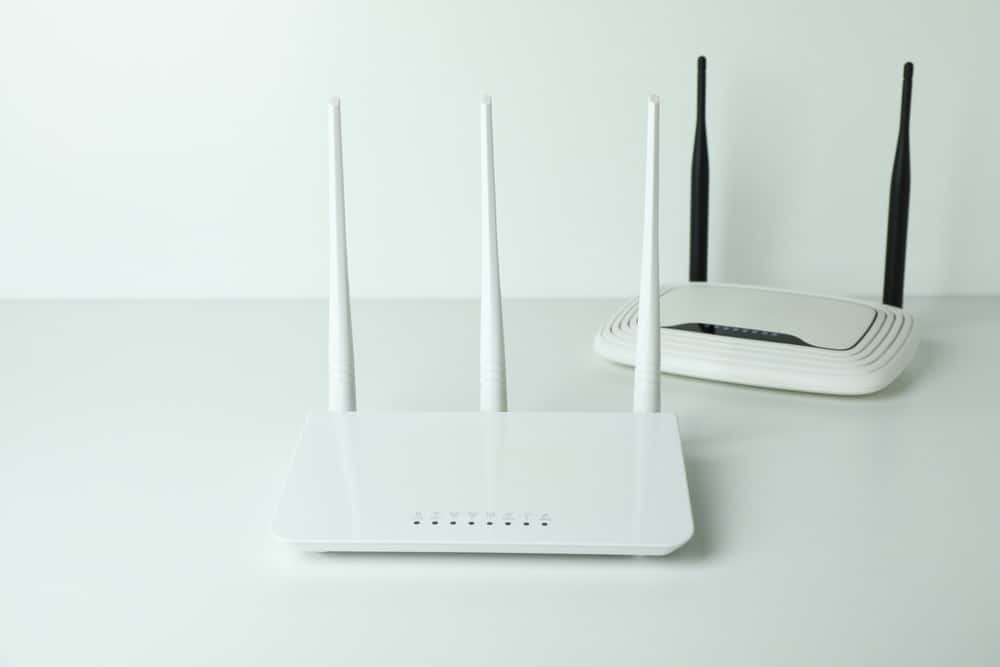
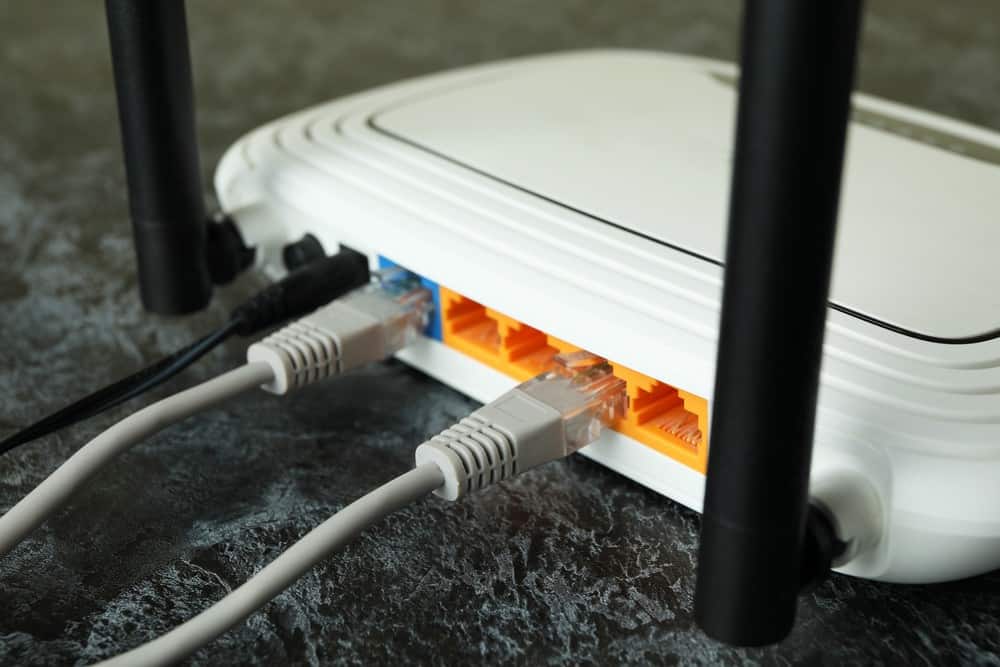
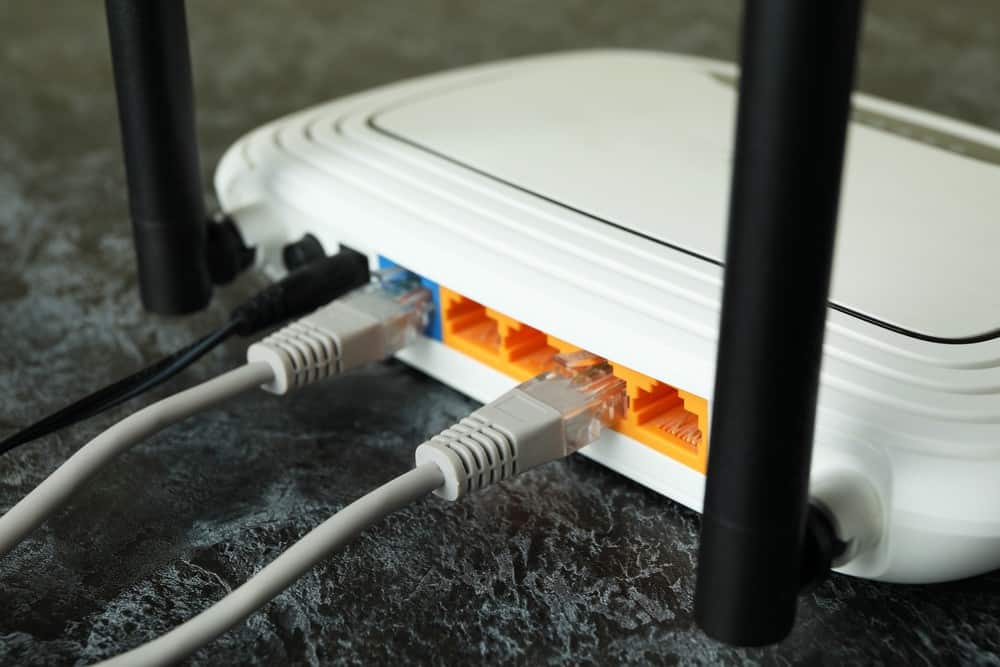
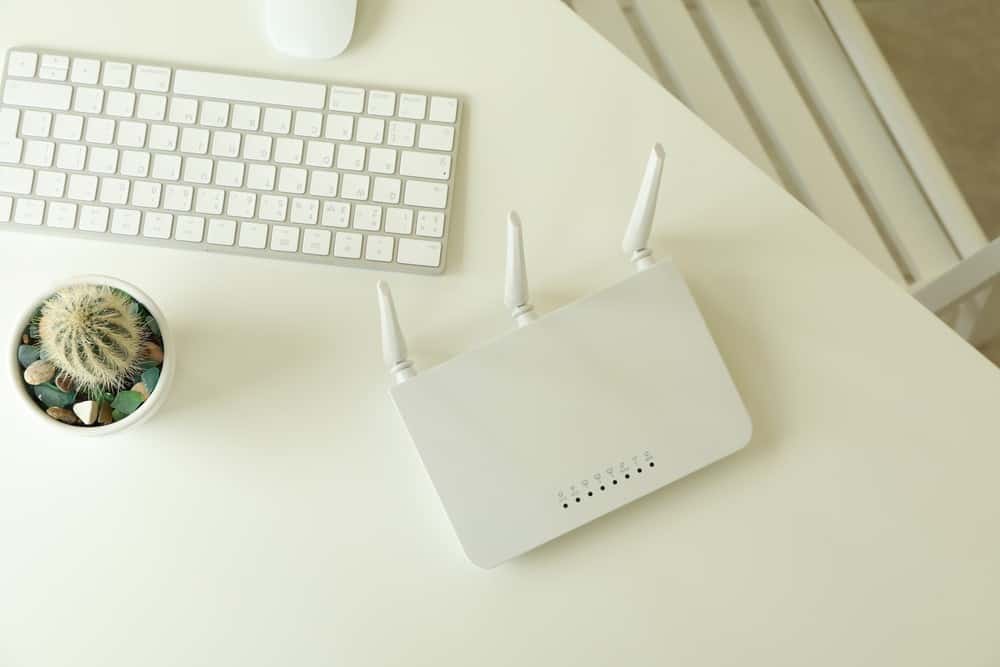
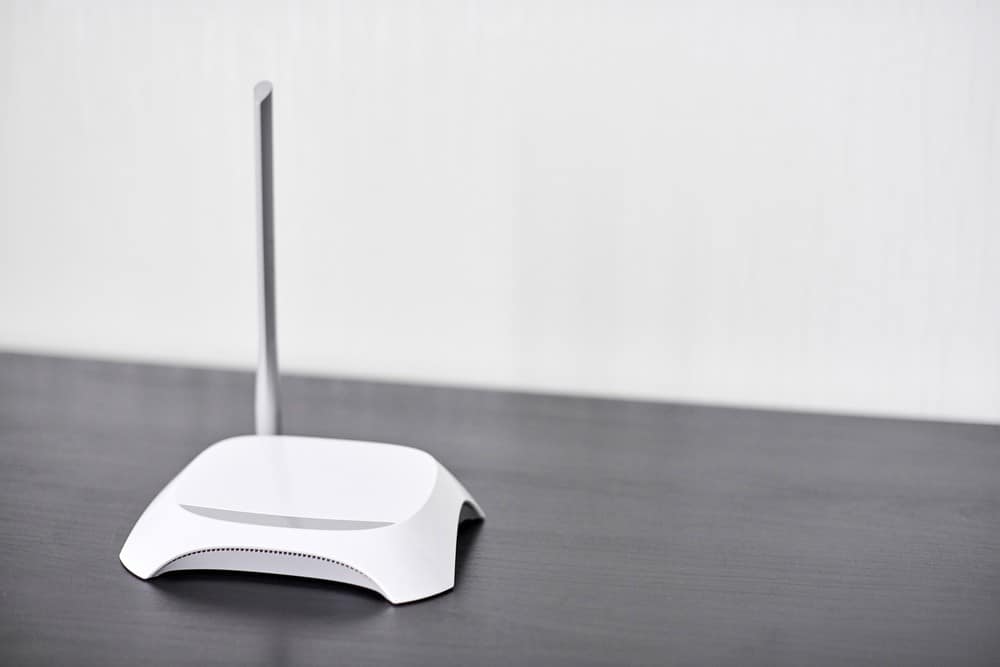
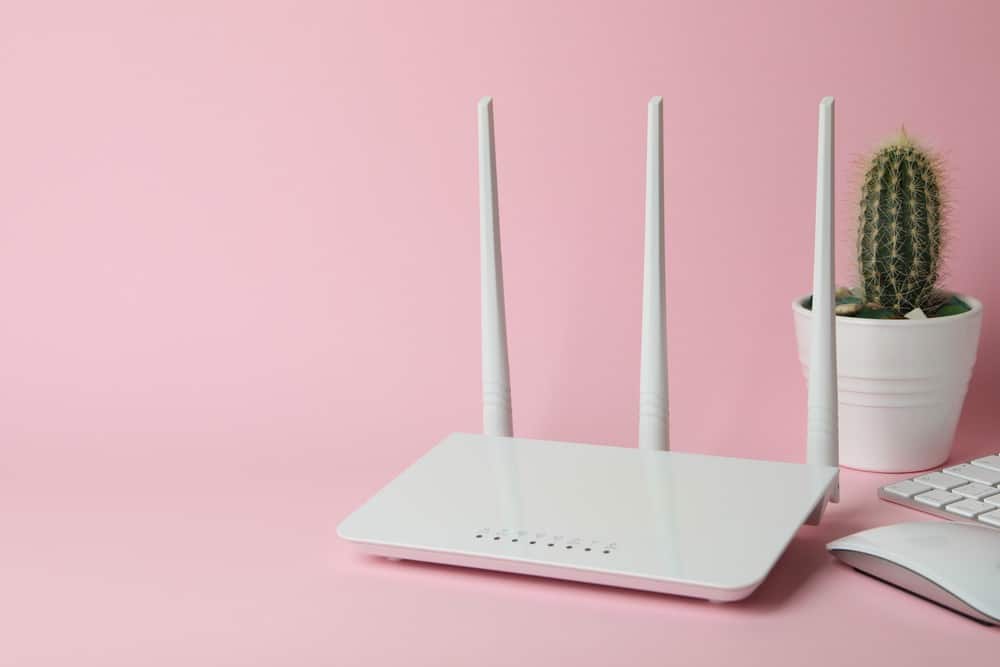
![Best BenQ Monitors in [year] 27 Best BenQ Monitors in 2026](https://www.gadgetreview.dev/wp-content/uploads/best-benq-monitor-image.jpg)
![Best Wifi Extenders For FiOS in [year] 28 Best Wifi Extenders For FiOS in 2026](https://www.gadgetreview.dev/wp-content/uploads/best-wifi-extender-for-fios-image.jpg)
![Best Fiber Optic Routers in [year] 29 Best Fiber Optic Routers in 2026](https://www.gadgetreview.dev/wp-content/uploads/best-fiber-optic-router-image.jpg)
![Best VoIP Routers in [year] 30 Best VoIP Routers in 2026](https://www.gadgetreview.dev/wp-content/uploads/best-voip-router-image.jpg)
![Best Routers for 200Mbps in [year] 31 Best Routers for 200Mbps in 2026](https://www.gadgetreview.dev/wp-content/uploads/best-router-for-200mbps-image.jpg)
![Best Routers for Optimum in [year] 32 Best Routers for Optimum in 2026](https://www.gadgetreview.dev/wp-content/uploads/best-router-for-optimum-image.jpg)
![Best Routers for Apple in [year] 33 Best Routers for Apple in 2026](https://www.gadgetreview.dev/wp-content/uploads/best-router-for-apple-image.jpg)
![Best Routers for Frontier FIOS in [year] 34 Best Routers for Frontier FIOS in 2026](https://www.gadgetreview.dev/wp-content/uploads/best-router-for-frontier-fios-image.jpg)
![Best Secure Routers in [year] 35 Best Secure Routers in 2026](https://www.gadgetreview.dev/wp-content/uploads/best-secure-router-image.jpg)
![Best Routers for Google Fiber in [year] 36 Best Routers for Google Fiber in 2026](https://www.gadgetreview.dev/wp-content/uploads/best-router-for-google-fiber-image.jpg)
![Best Routers for Cox in [year] 37 Best Routers for Cox in 2026](https://www.gadgetreview.dev/wp-content/uploads/best-router-for-cox-image.jpg)
![Best Asus Routers in [year] 38 Best Asus Routers in 2026](https://www.gadgetreview.dev/wp-content/uploads/best-asus-routers-image.jpg)
![Best Linksys Routers in [year] 39 Best Linksys Routers in 2026](https://www.gadgetreview.dev/wp-content/uploads/best-linksys-routers-image.jpg)
![Best Routers for CenturyLink in [year] 40 Best Routers for CenturyLink in 2026](https://www.gadgetreview.dev/wp-content/uploads/best-router-for-centurylink-image.jpg)
![Best WiFi Routers for Multiple Devices in [year] 41 Best WiFi Routers for Multiple Devices in 2026](https://www.gadgetreview.dev/wp-content/uploads/best-wifi-router-for-multiple-devices-image.jpg)
![Best Wired Routers in [year] 42 Best Wired Routers in 2026](https://www.gadgetreview.dev/wp-content/uploads/best-wired-router-image.jpg)
![Best Routers for 4K Streaming in [year] 43 Best Routers for 4K Streaming in 2026](https://www.gadgetreview.dev/wp-content/uploads/best-router-for-4k-streaming-image.jpg)
![Best Cisco Routers in [year] 44 Best Cisco Routers in 2026](https://www.gadgetreview.dev/wp-content/uploads/best-cisco-routers-image.jpg)
![Best eero Routers in [year] 45 Best eero Routers in 2026](https://www.gadgetreview.dev/wp-content/uploads/best-eero-routers-image.jpg)






